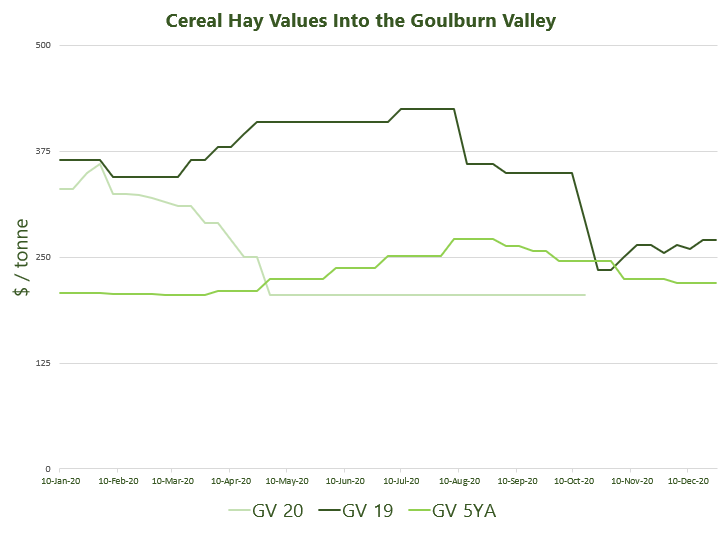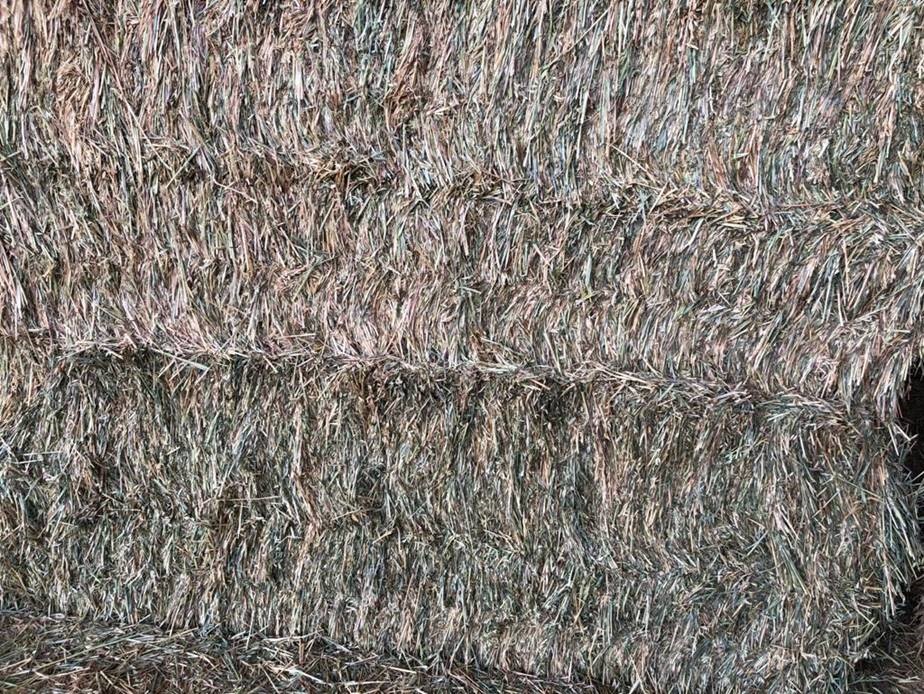Seasonal Update
The Goulburn Murray Valley region remained dry this week. Not so for South West Victoria, which saw 120-160mm of rain.
South East SA also benefitted from a drier week. This is allowing crops to finish off, with cutting likely to begin in the next fortnight or so.
WA’s Wheat Belt continues to enjoy good conditions for drying and baling, too.
Figure 1: Last Week’s Rainfall

Figure 2: BoM 8-Day Rainfall Forecast

Figure 3: BOM-Australian Landscape Water Balance

Figure 4: Precipitation Outlook

Trading and Marketing

Victoria
| Wet weather has proven challenging for many Victorian growers. Forecast milder weather after the weekend will be a relief if it materialises. Silage season is coming to an end in the Goulburn Murray Valley. Hay cutting has begun, although finding a drying window is a worry for many. This region has struggled to find a consistent dry patch. Growers in the south west of the state have had better conditions. There may be instances of weather damage, but hay is generally baling very well. Cereal in the Wimmera is yielding 8-10/tonnes and vetch is 3.5/tonnes and up. Mallee vetch is varied but yielding approximately 2-3.5/tonne. Growers are moving new-season hay into on-farm storage for better protection. Milder conditions look to prevail following his weekend’s rain front. This will offer some relief if growers can get hay baled before then the front moves through. Dairy farmers in Gippsland and southwest Victoria are looking to secure vetch and cereal hay and are snapping up what remains of last year’s product before moving on to the new season.Both demand and prices remain reassuringly steady this week.
Western Australia
|


